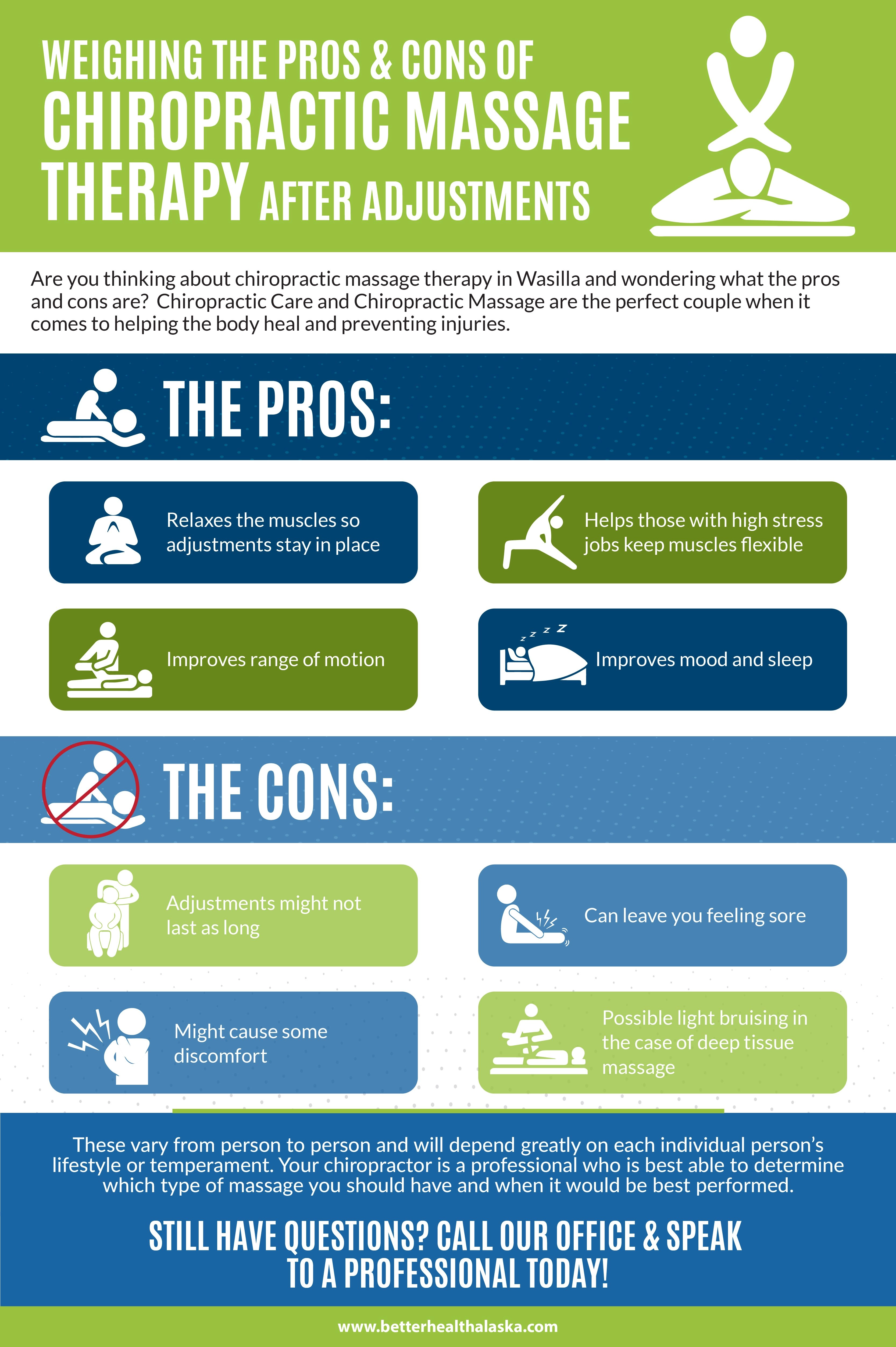Usual Daily Habits That Trigger Pain In The Back And Tips For Preventing Them
Usual Daily Habits That Trigger Pain In The Back And Tips For Preventing Them
Blog Article
Authored By-Mckay Vogel
Preserving proper stance and staying clear of typical mistakes in daily tasks can dramatically influence your back wellness. From how you rest at your workdesk to just how you raise hefty objects, small modifications can make a big distinction. Think of a day without the nagging neck and back pain that hinders your every move; the solution may be simpler than you think. By making a few tweaks to your daily behaviors, you could be on your method to a pain-free existence.
Poor Position and Sedentary Way Of Living
Poor position and a less active way of life are 2 significant contributors to back pain. When you slouch or inkling over while sitting or standing, you placed unneeded stress on your back muscles and spinal column. chiropractic care for spinal stenosis can cause muscle discrepancies, stress, and eventually, chronic pain in the back. Additionally, sitting for long periods without breaks or physical activity can deteriorate your back muscles and cause stiffness and discomfort.
To battle inadequate pose, make an aware effort to rest and stand directly with your shoulders back and lined up with your ears. Remember to keep your feet level on the ground and prevent crossing your legs for extensive durations.
Including regular extending and strengthening workouts right into your daily regimen can additionally aid improve your pose and minimize pain in the back associated with a sedentary way of life.
Incorrect Lifting Techniques
Incorrect training techniques can considerably contribute to pain in the back and injuries. When you lift heavy objects, bear in mind to bend your knees and use your legs to raise, instead of counting on your back muscles. Avoid turning your body while training and maintain the item near to your body to reduce stress on your back. It's critical to maintain a straight back and stay clear of rounding your shoulders while lifting to avoid unneeded stress on your back.
Constantly assess the weight of the item before lifting it. If it's as well hefty, ask for assistance or use tools like a dolly or cart to transport it safely.
Remember to take breaks throughout lifting jobs to offer your back muscles an opportunity to rest and stop overexertion. By implementing proper lifting strategies, you can stop pain in the back and decrease the risk of injuries, ensuring your back remains healthy and strong for the long term.
Lack of Normal Exercise and Stretching
An inactive way of life devoid of normal exercise and extending can substantially contribute to back pain and pain. When you do not engage in exercise, your muscular tissues come to be weak and inflexible, bring about inadequate posture and increased pressure on your back. Regular workout aids strengthen the muscular tissues that support your spinal column, improving security and decreasing the threat of pain in the back. Including extending into your routine can also boost versatility, preventing rigidity and pain in your back muscle mass.
To prevent pain in the back brought on by an absence of workout and stretching, aim for at the very least half an hour of moderate exercise most days of the week. Include workouts that target your core muscle mass, as a solid core can help alleviate pressure on your back.
Furthermore, take breaks to stretch and relocate throughout the day, particularly if you have a workdesk task. Simple stretches like touching your toes or doing shoulder rolls can aid soothe stress and protect against pain in the back. Focusing on Highly recommended Reading and extending can go a long way in maintaining a healthy and balanced back and decreasing discomfort.
Conclusion
So, remember to stay up right, lift with your legs, and remain energetic to avoid back pain. By making simple adjustments to your day-to-day habits, you can avoid the discomfort and restrictions that include back pain. Take care of your spinal column and muscular tissues by exercising excellent posture, correct training methods, and normal workout. Your back will thank you for it!
